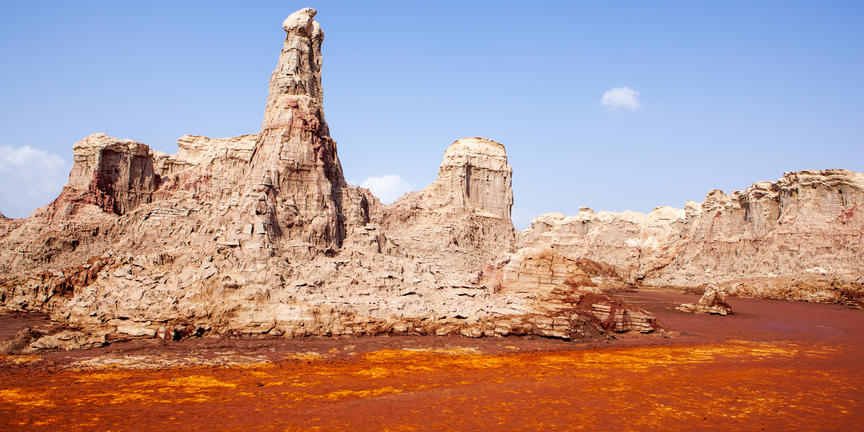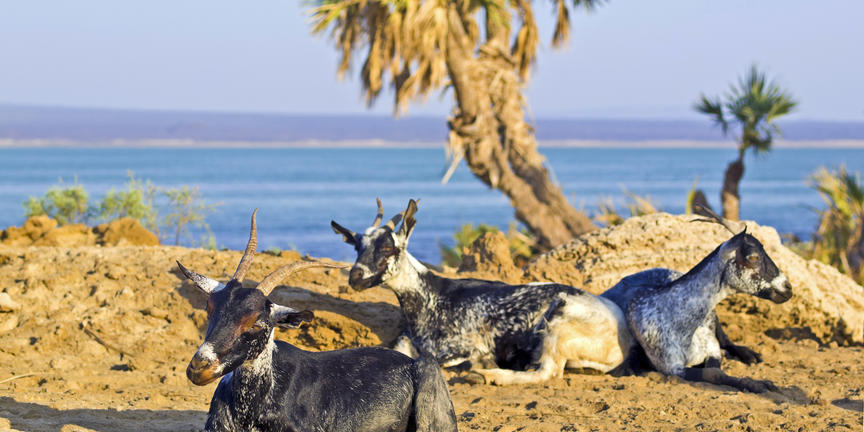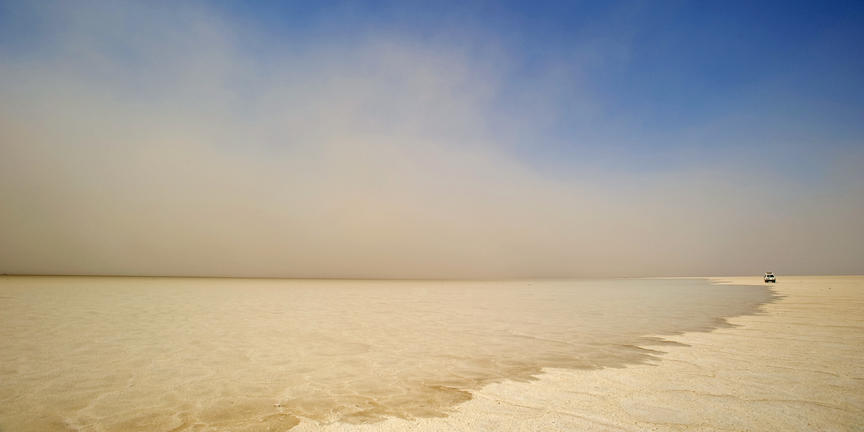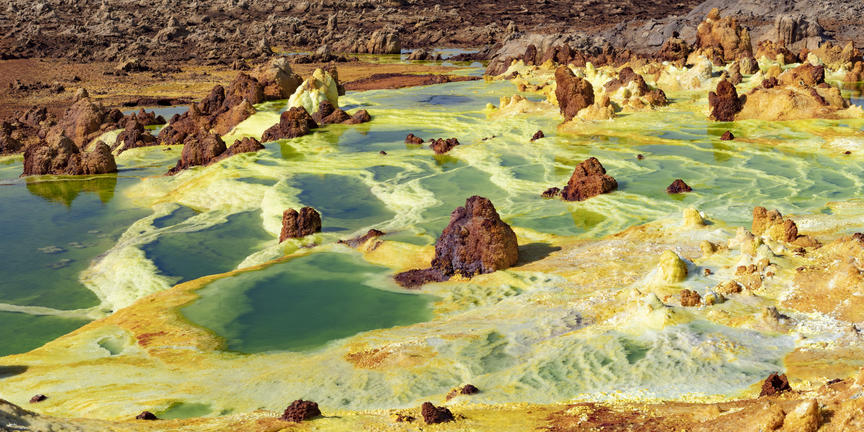Situated in the Horn of Africa, Ethiopia boasts extraordinary natural features, a vast range of wildlife, and a captivating historical and cultural heritage. An increasing number of visitors frequent this treasure trove filled with unique attractions. Popular attractions include the medieval castles of Gondar, the walled city of Harar, and Lalibela, a pilgrimage site known for its ancient monolithic churches hewn into the area’s steep rocky hillsides. Ethiopia’s stunning natural landscapes are the real tourist drawcard. From the lush Simien Mountains to the sulphur vents of the Danakil Depression, the country’s outstanding natural environment is unforgettable. Bahir Dar, located on Lake Tana, is popular as a base to explore the fascinating monasteries on the numerous islands dotted around the lake and the Blue Nile Falls, which are arguably the most spectacular falls in North Africa.
Located in the highlands fringing the Great Rift Valley, Addis Ababa serves as the political, cultural and commercial centre of Ethiopia. This sprawling city rests in the foothills of the Entoto Mountains and features a mix of traditional homes, elegant villas, and tall office buildings. Visitors can look forward to a selection of wonderful activities including: visiting the National Museum, displaying local art, traditional crafts and prehistoric fossils; exploring the copper-domed Holy Trinity Cathedral, a Neo-Baroque architectural landmark; and sampling rich Ethiopian coffee as well as the memorable cuisine featuring spicy stews and Ethiopia’s signature Injera bread.
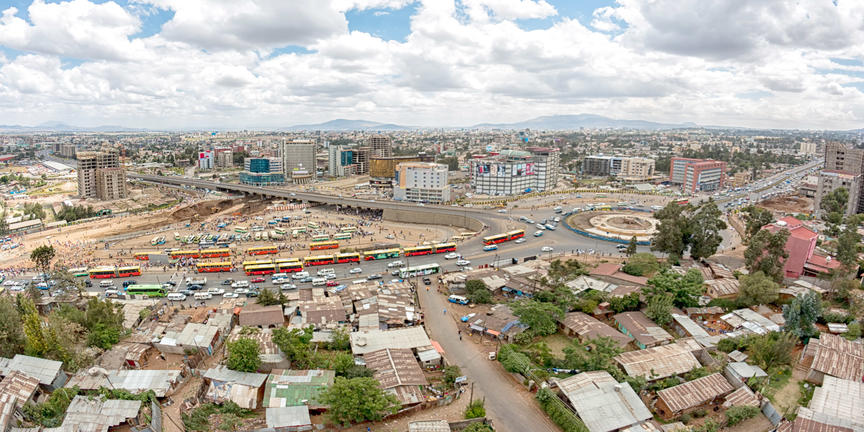
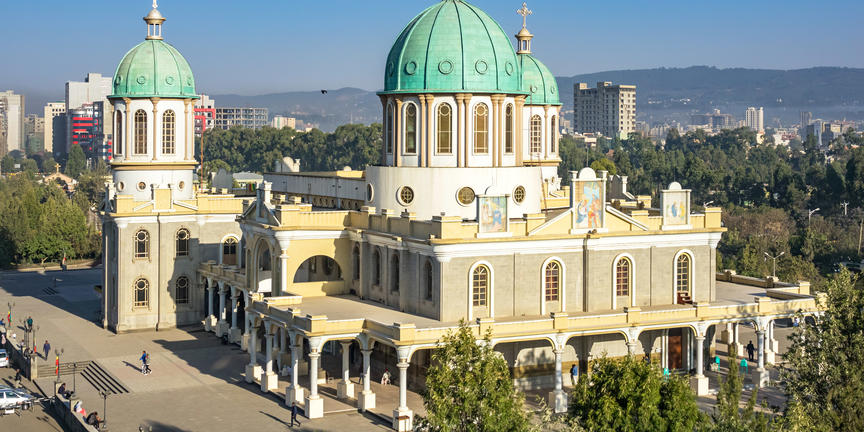
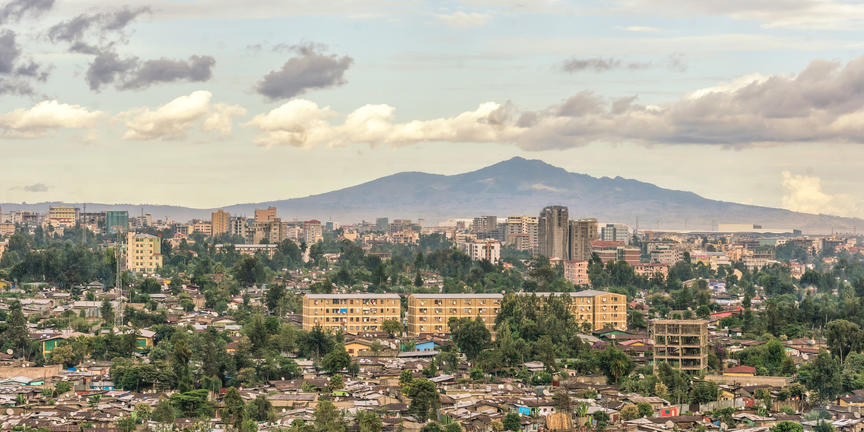
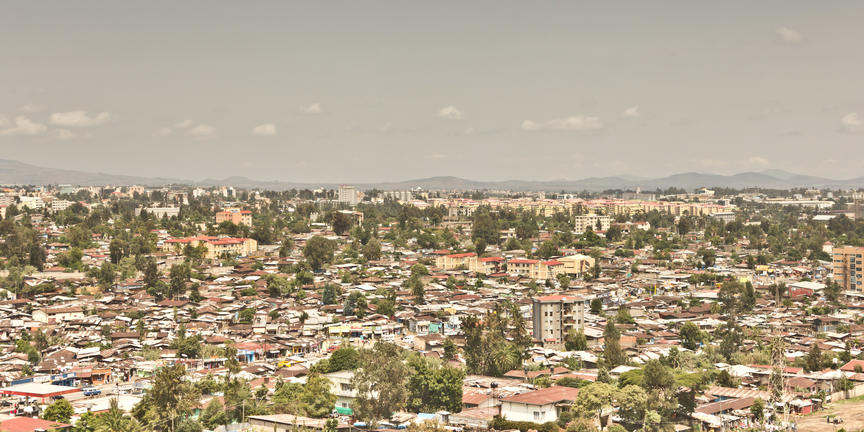
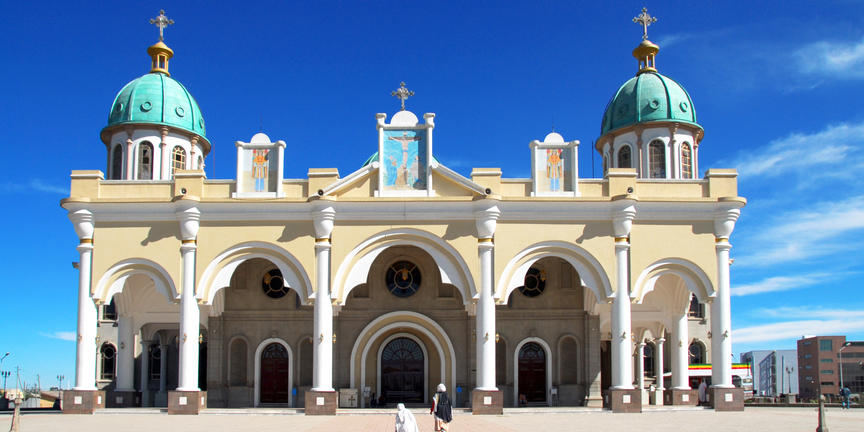
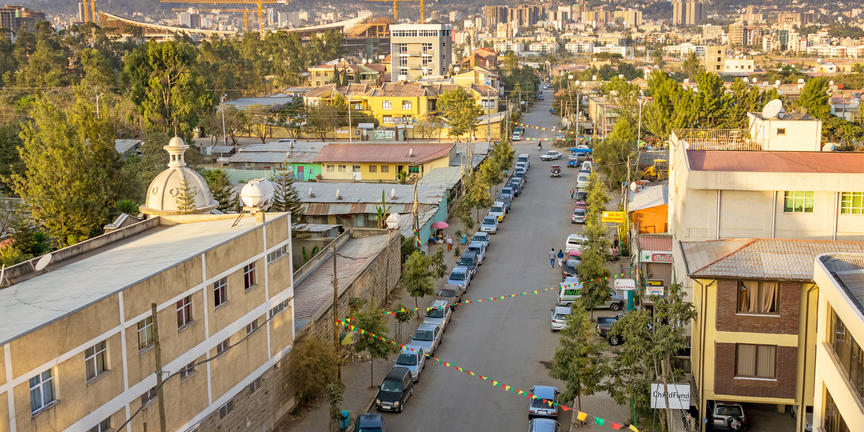
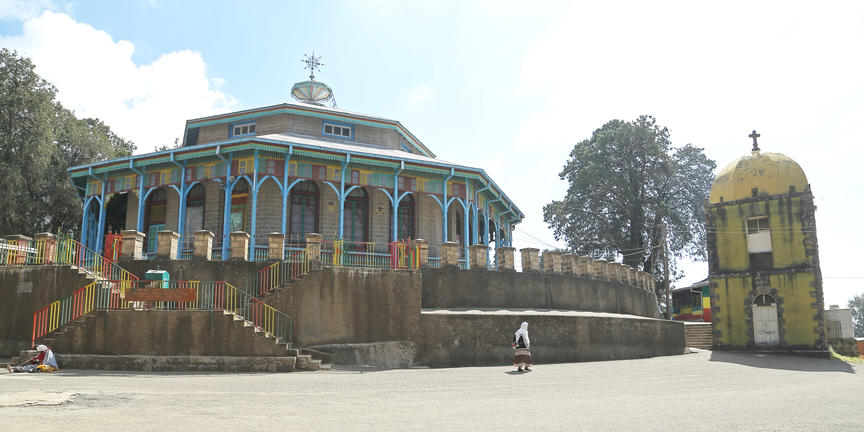
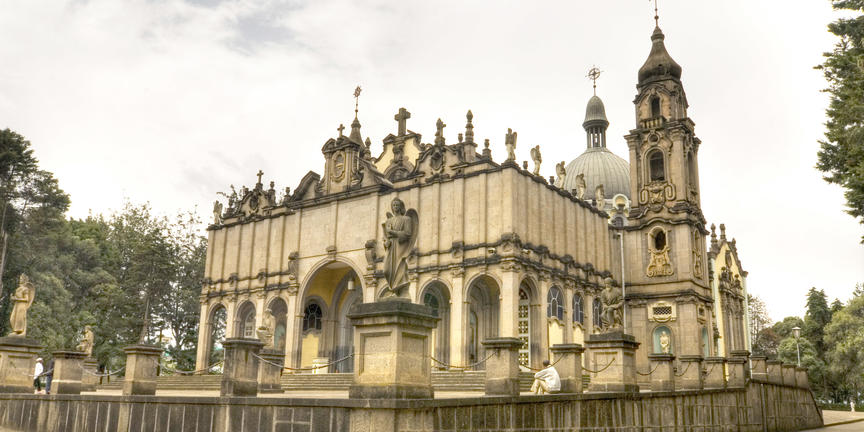
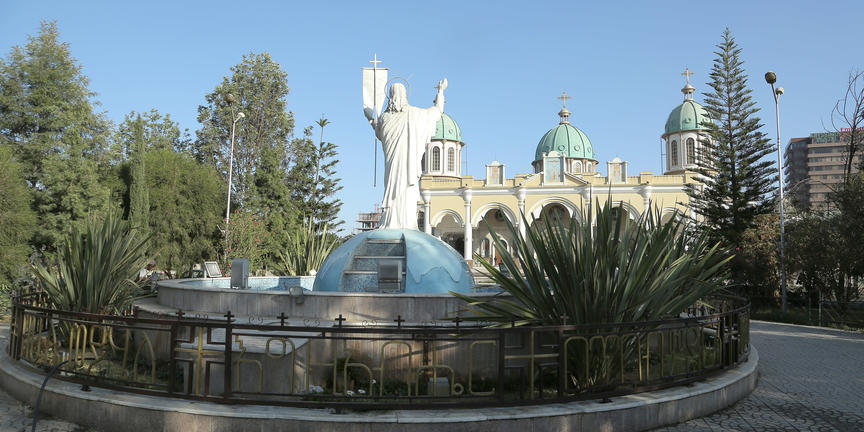
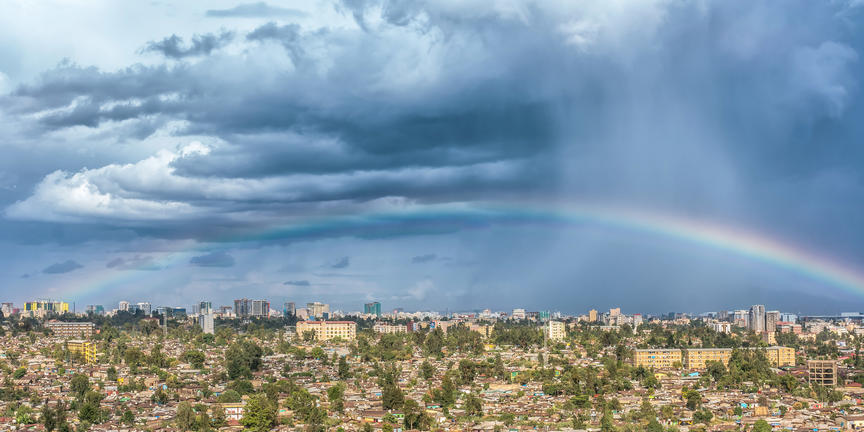
Situated on the southern shores of Lake Tana in northern Ethiopia, Bahir Dar serves as the capital city of the Amhara region. The city features palm-lined avenues and was awarded the 'UNESCO Cities for Peace Prize' in 2002, for addressing the challenges of rapid urbanisation. Bahir Dar is a popular tourist destination in Ethiopia, offering a wonderful selection of attractions in the surrounding area. Visit some of the world’s oldest medieval monasteries and churches on the islands scattered within Lake Tana, and discover the spectacular Blue Nile Falls, featuring a 45-metre drop, an impressive 400-metre width, and an array of misty rainbows.
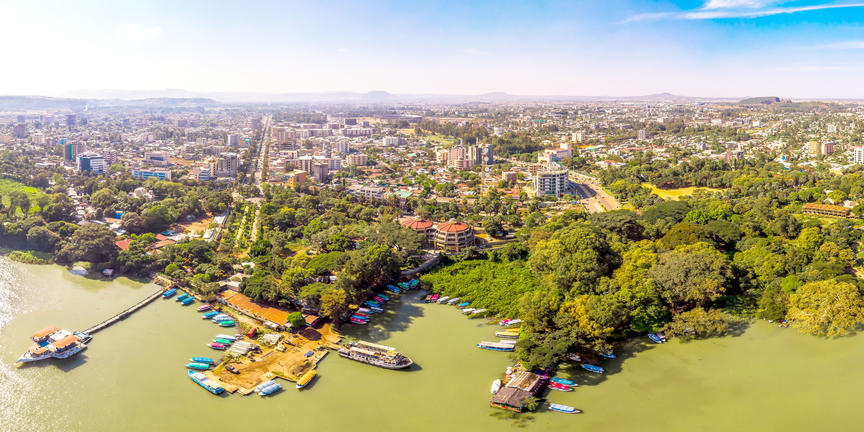
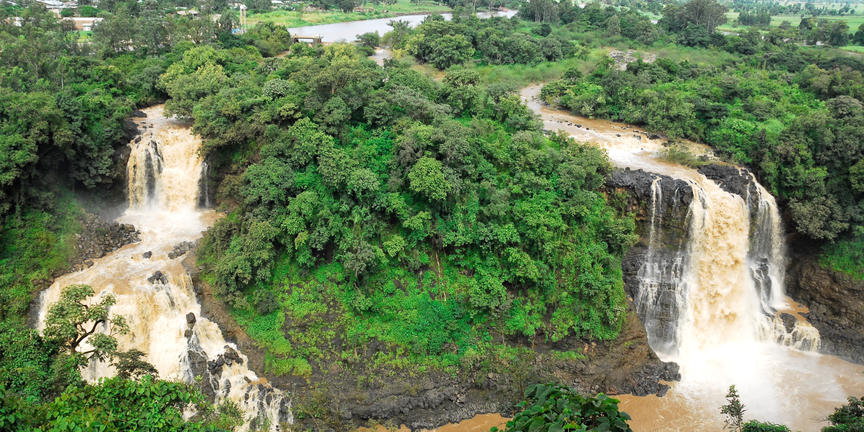
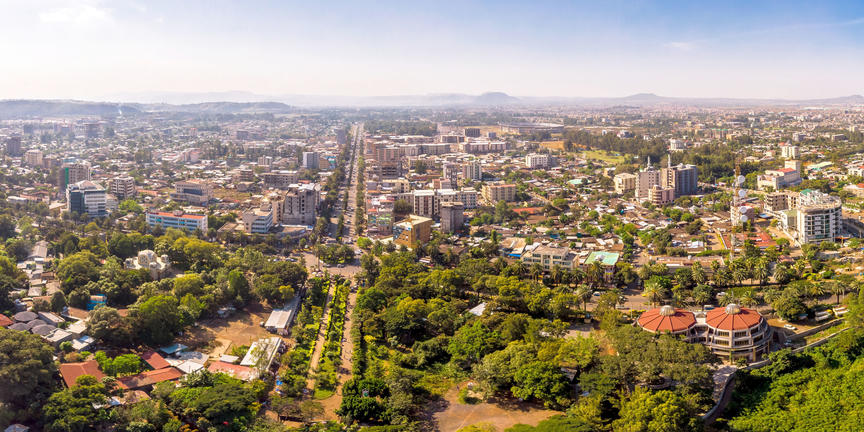
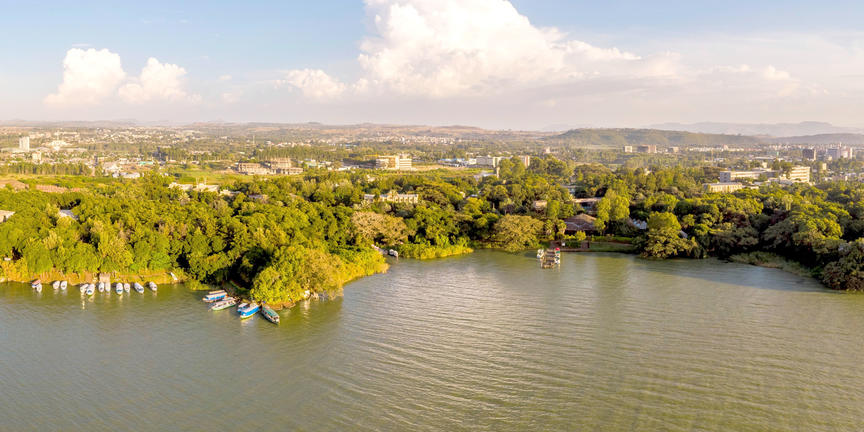
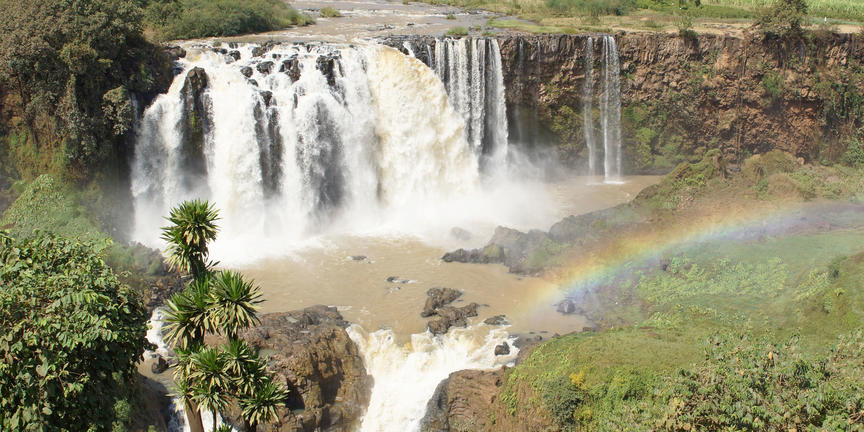
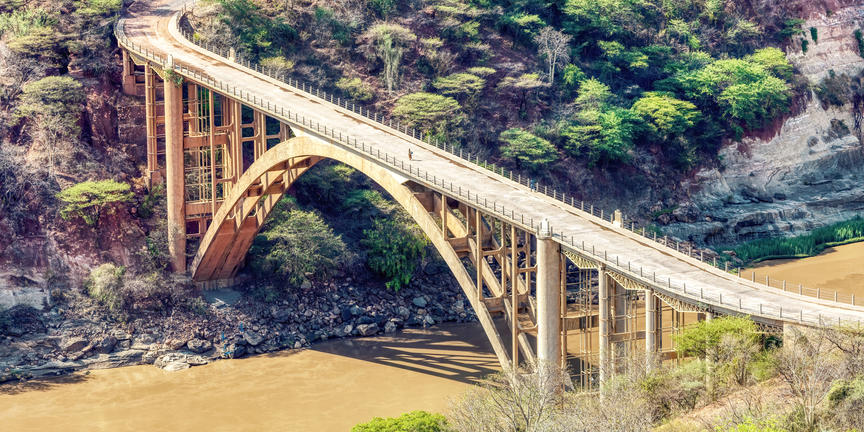
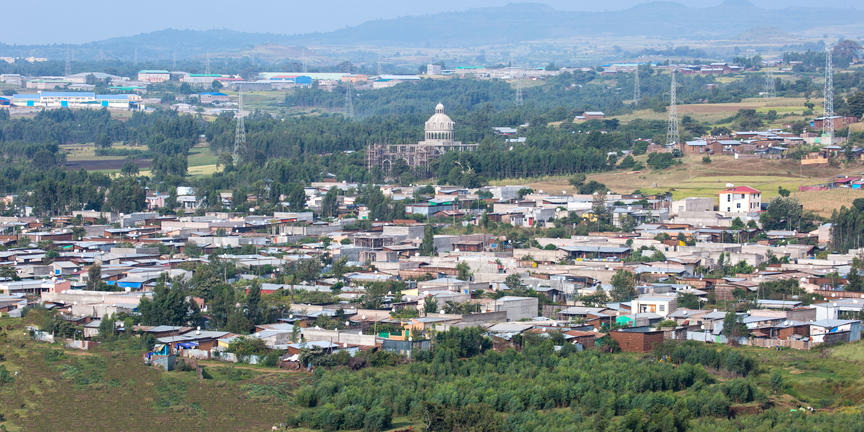
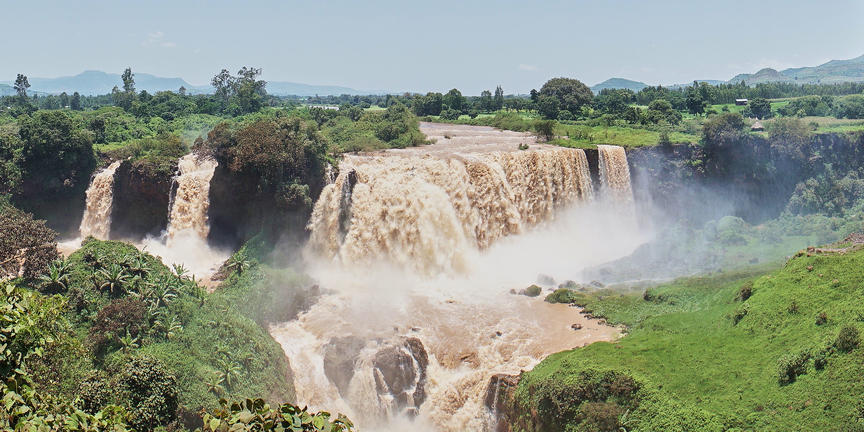
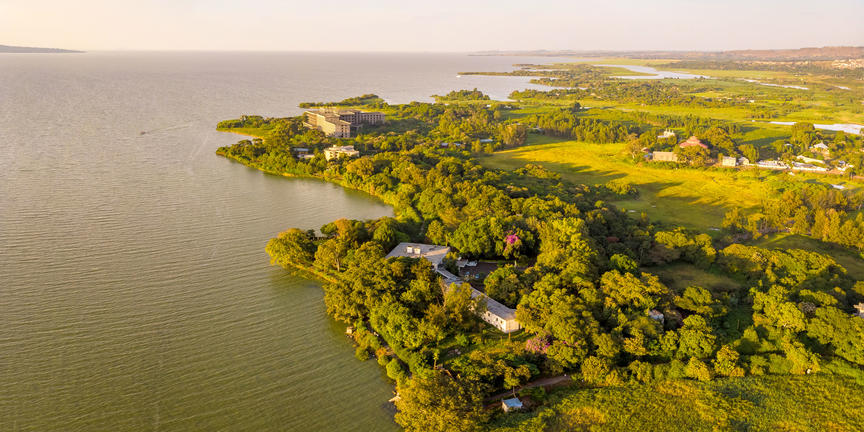
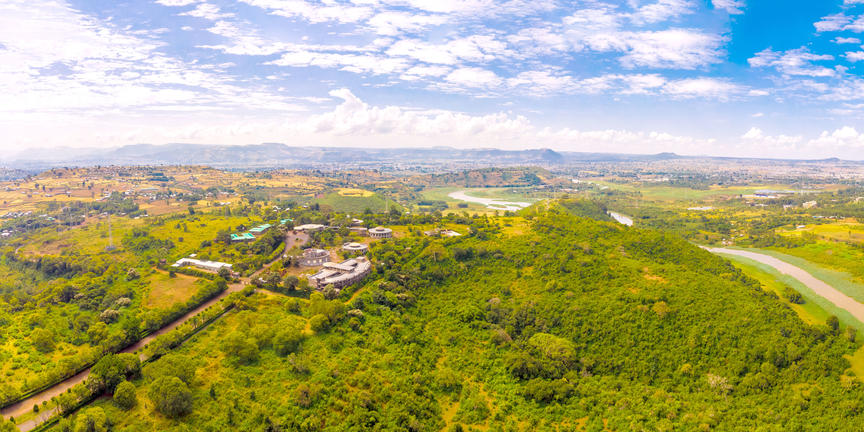
Situated in northern Ethiopia, the town of Lalibela is named after King Lalibela of the Zagwe Dynasty. The town is considered Ethiopia’s cultural capital and one of Ethiopia’s holiest cities, it serves as a centre of pilgrimage. The undeniable highlight of this ancient capital is dubbed the ‘Eighth Wonder of the World’ and includes eleven rock-hewn churches dating back to the 13th century. This UNESCO World Heritage Site is carved out of solid rock and includes subterranean monoliths, a network of interconnected tunnels, and chambers featuring magnificent frescoes. Lalibela also plays host to some of the most famous church festivals in Ethiopia.
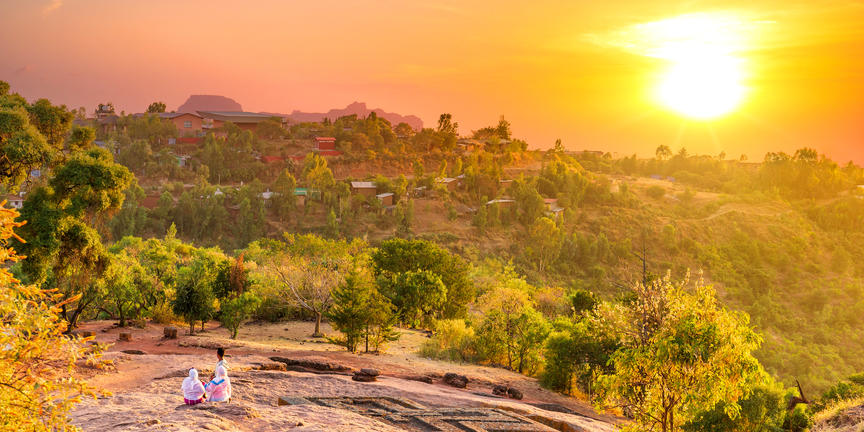
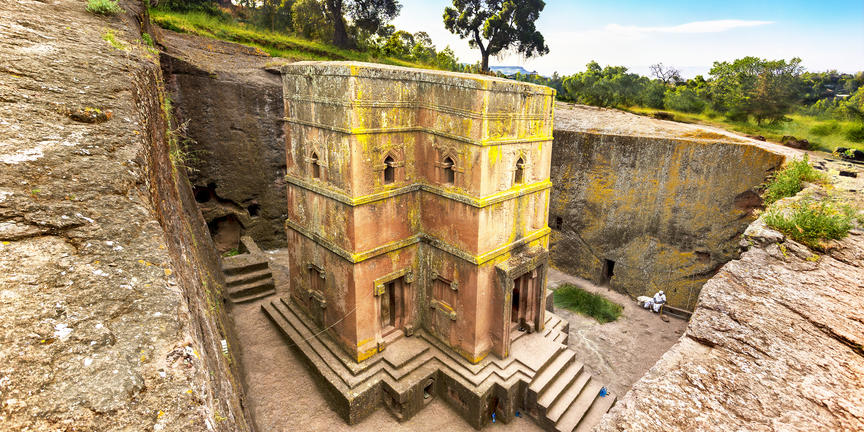
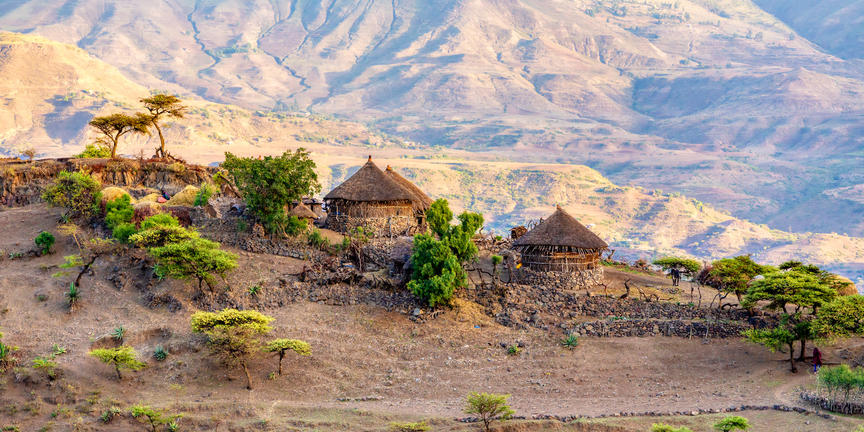

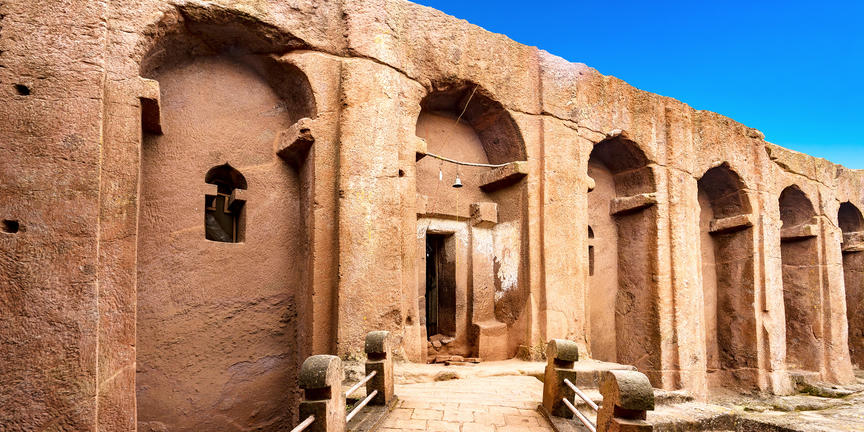
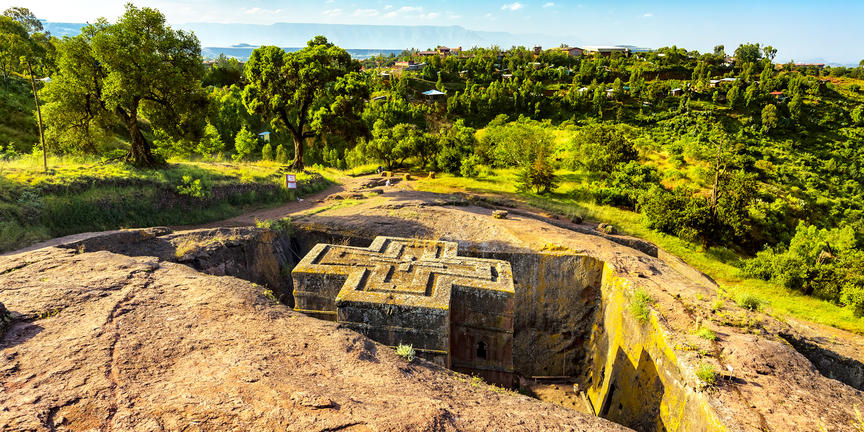
Situated southwest of the Simien Mountains, north of Lake Tana, Gondar once served as the royal capital of the ancient Ethiopian Empire. Known as the ‘Camelot of Africa’, Gondar is home to the World Heritage Site of Fasil Ghebbi, a fortress-city previously inhabited by to the Ethiopian emperor Fasilides. Visitors can enjoy a wide selection of wonderful activities. Explore the ancient Gondar Castle, a medieval castle and palace complex; the 17th century Church of Debre Sina, featuring biblical murals on every wall; and visit the beautiful nearby Simien Mountains National Park. Don’t miss a visit to Ras Dashen, the highest mountain in Ethiopia.
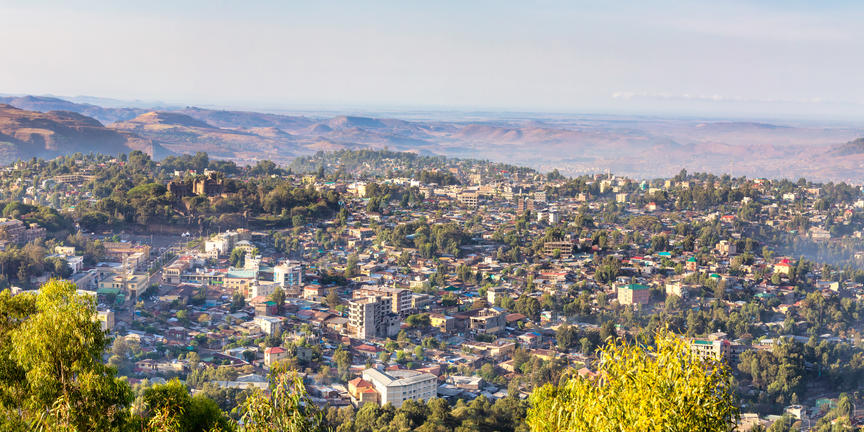

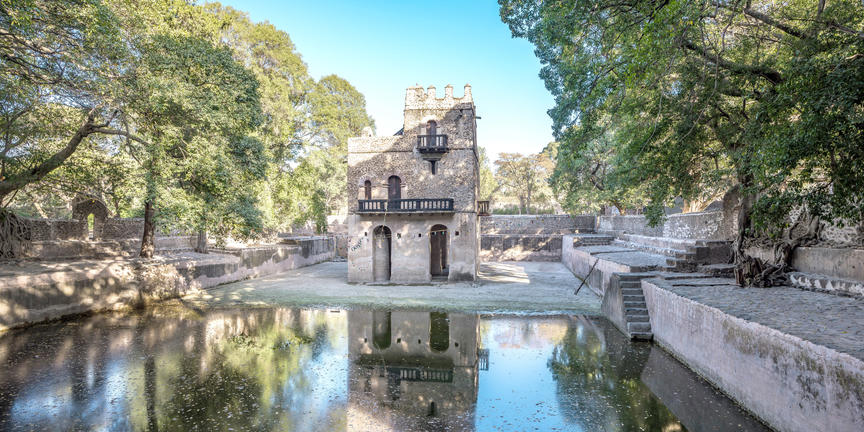
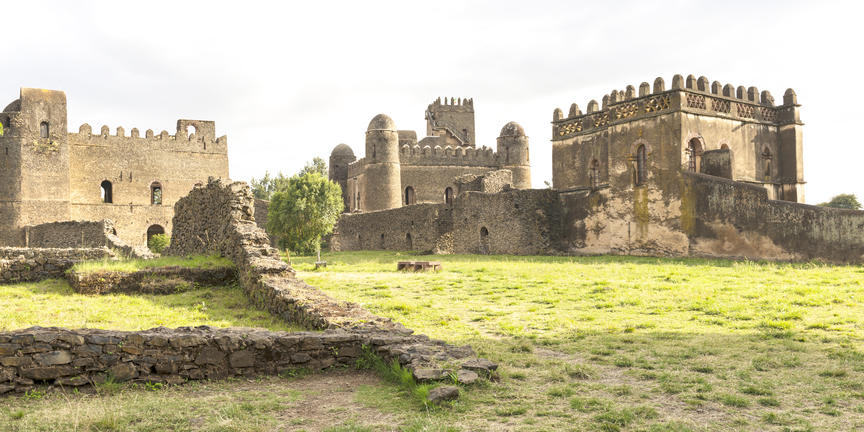
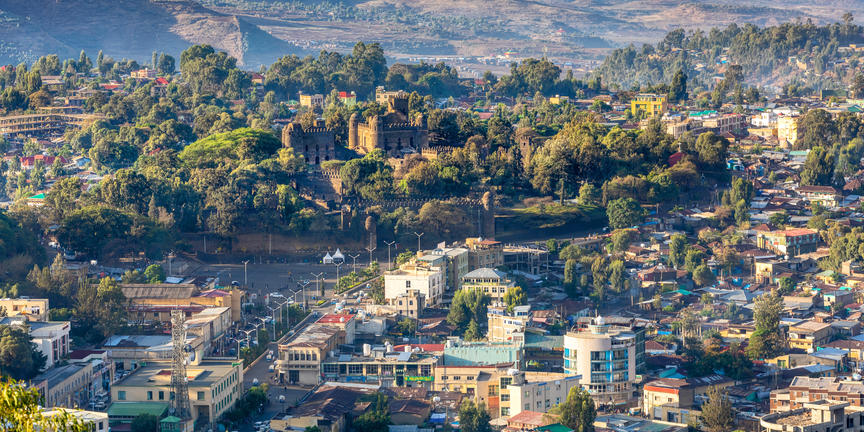
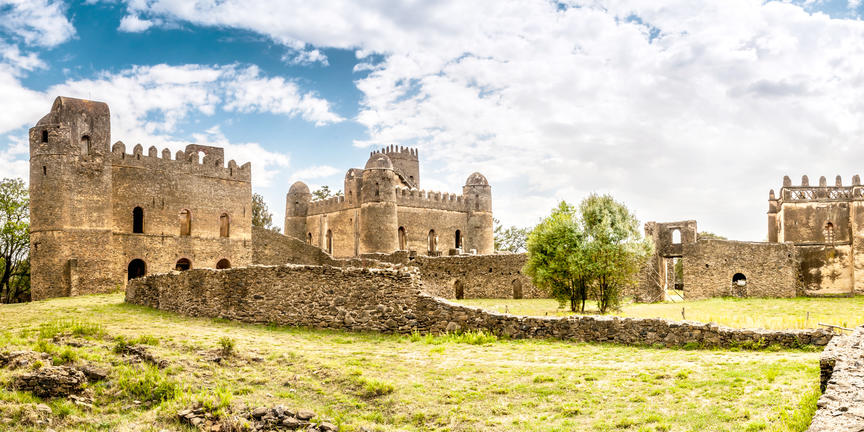
Situated in northern Ethiopia the town of Debarq is set at the foot of Simien National Park, located between Aksoum and Gondar. It serves as a convenient base from which to explore the scenic surrounds and as a gateway to the magnificent Simien National Park. Many hikers stopover here before embarking on their adventures, on their way to climbing expeditions and camping excursions in the incredible surrounding mountainous landscapes.

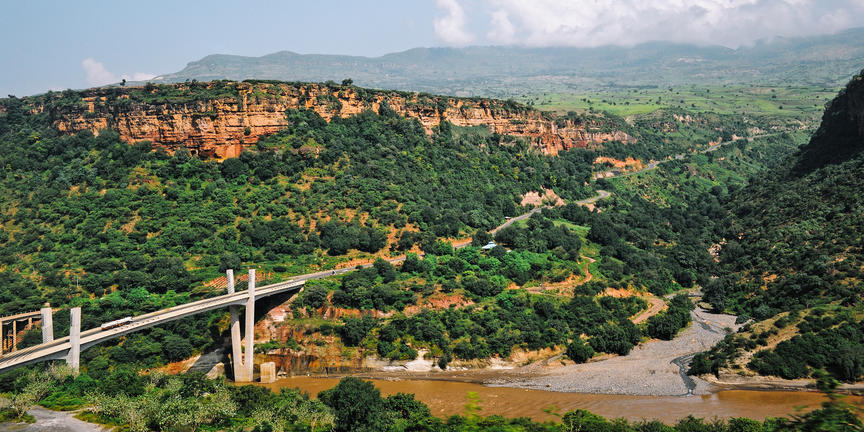


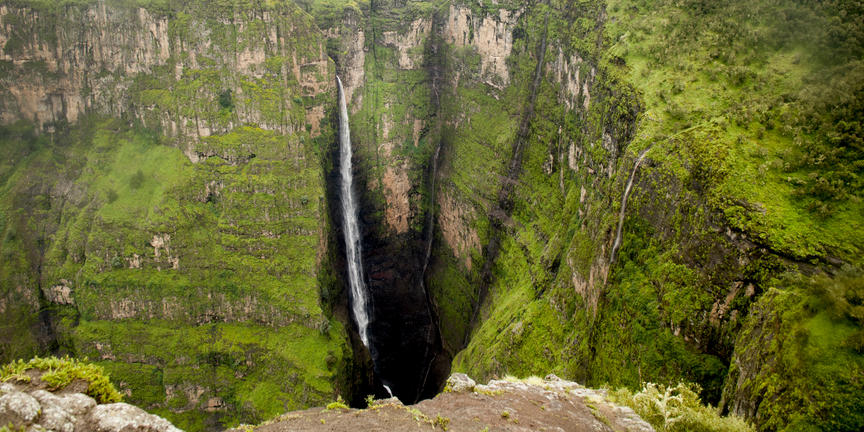


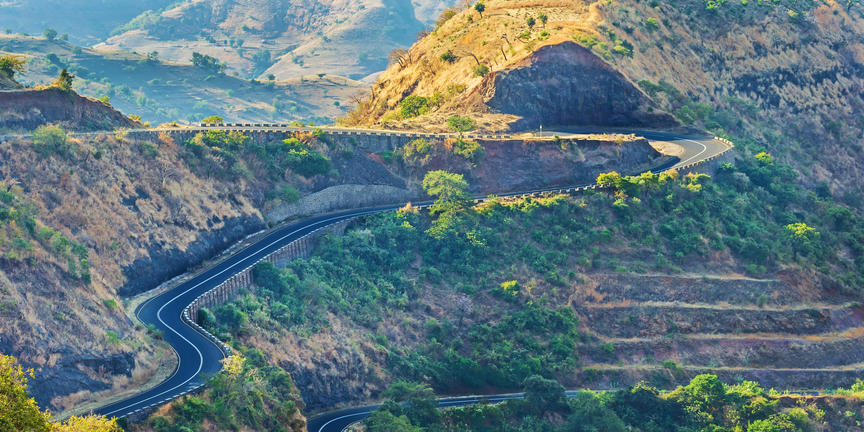


Situated in northern Ethiopia, Axum, also Aksum, is the ancient capital of the old Kingdom of Axum, one of the most important historical sites in sub-Saharan Africa. The town of Axum is the centre of a myriad of religious mysteries. It is said to be the home of the biblical Ark of the Covenant, the previous home of the Queen of Sheba and it is believed to be the resting place of one of the wise men. Axum's historical archaeological sites have been added to the UNESCO World Heritage List. The undeniable highlight of this ancient city and its most renowned surviving monuments is a group of memorial monolithic obelisks, or stelae, built between the third and fourth centuries A.D.
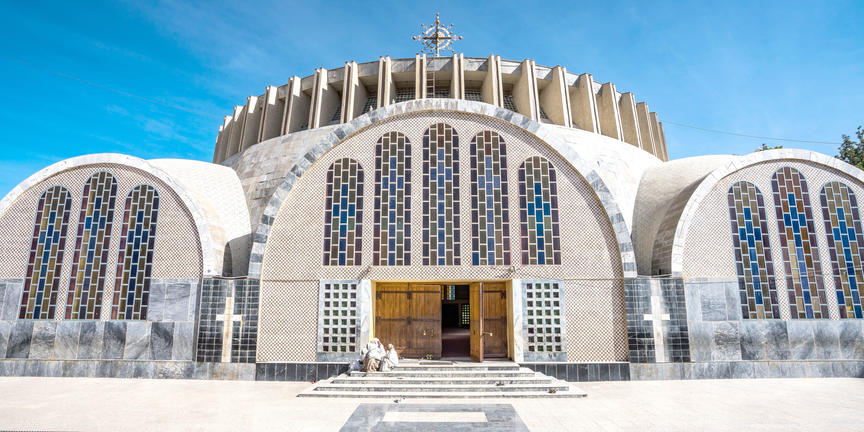
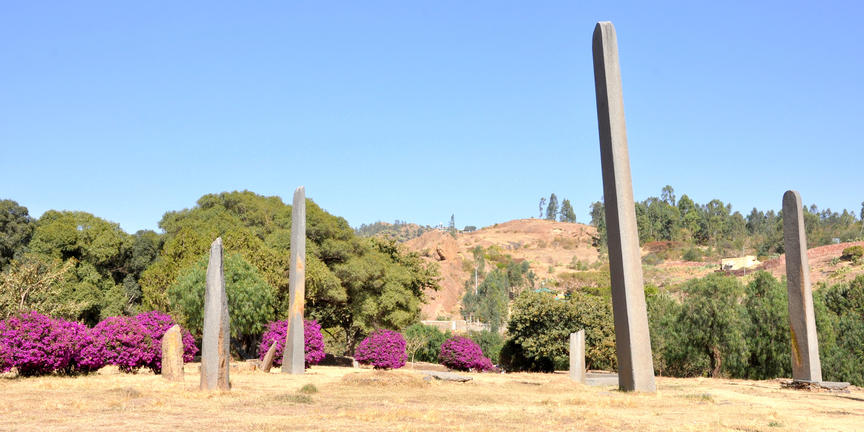
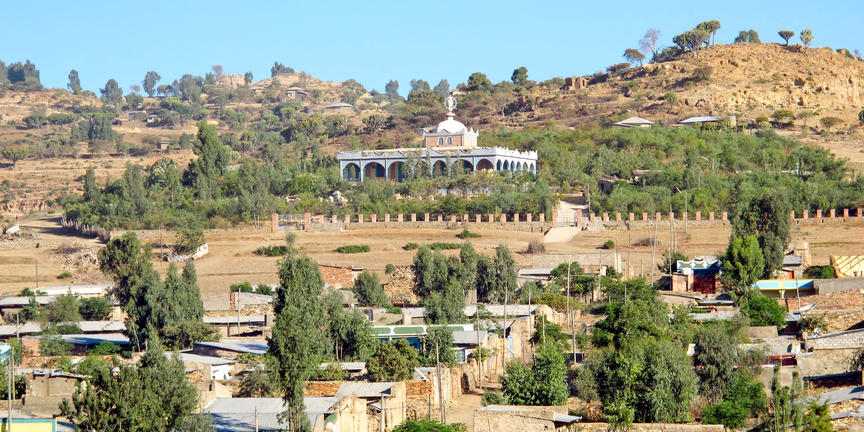
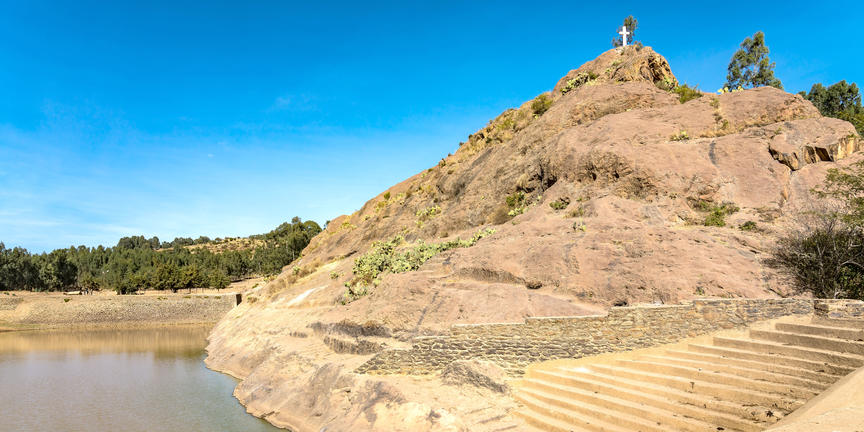
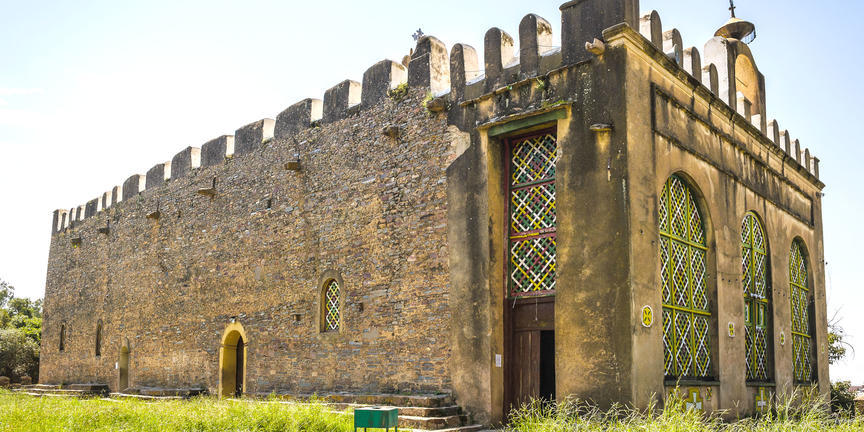
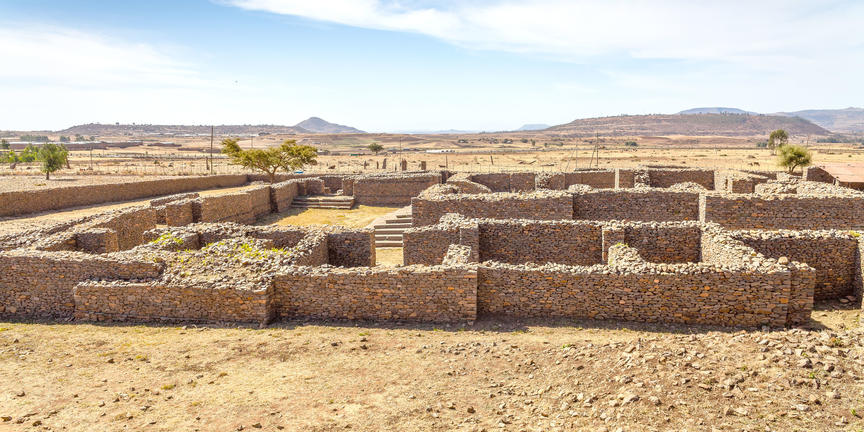
Situated in the northernmost area of Ethiopia, the Tigray Region is home to extraordinary historical sites dating back more than three millennia. These ancient sites, which belong to the Tigray, Irob, and Kunama people, include the largely undiscovered Yeha Temple, Ethiopia’s oldest monument; and pre-Christian structures such as the Obelisk of Axum, measuring 23 metres long. Most intriguing of the area’s attractions are more than 120 rock churches carved into the hillsides. Many of these are used as monasteries and house religious artefacts such as gold and silver crosses, manuscripts, and inscribed stones. The town is also regarded as the cradle of Ethiopian Orthodox Christianity.
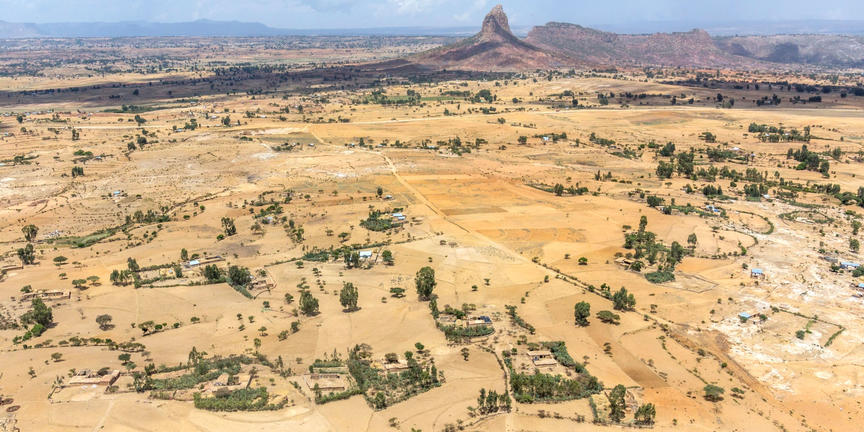
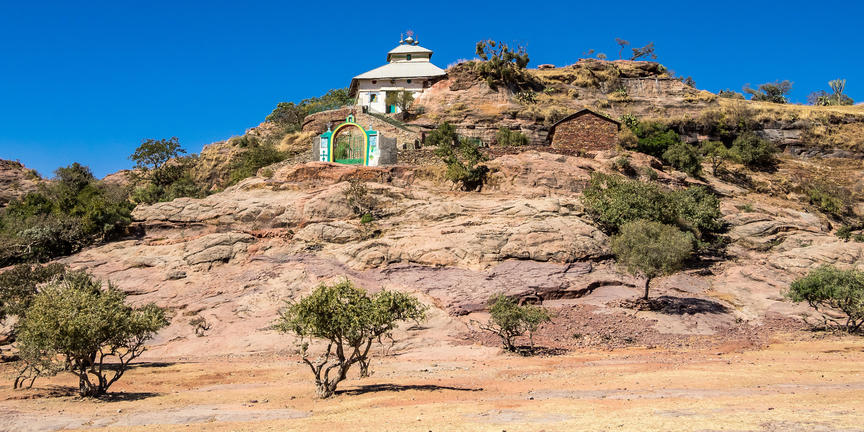
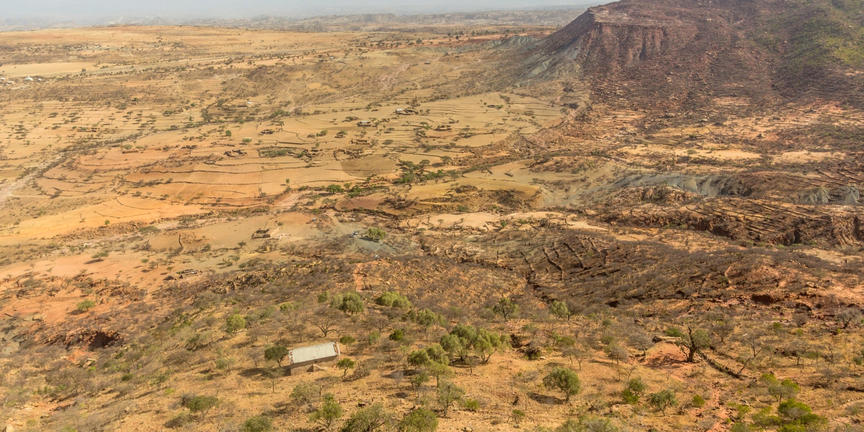
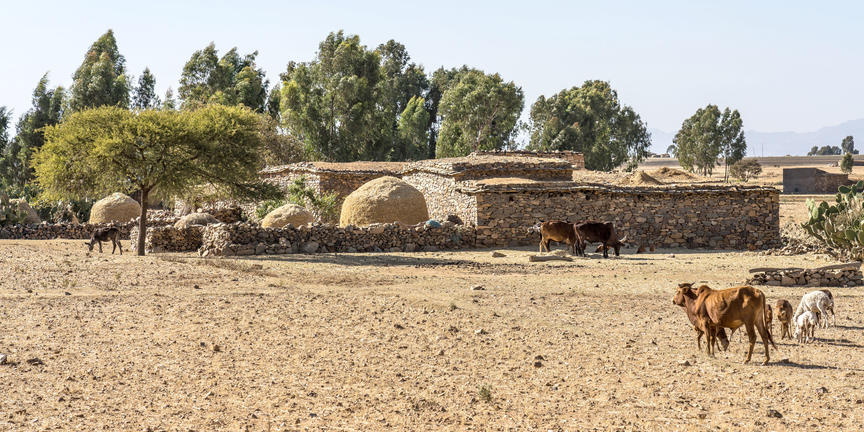
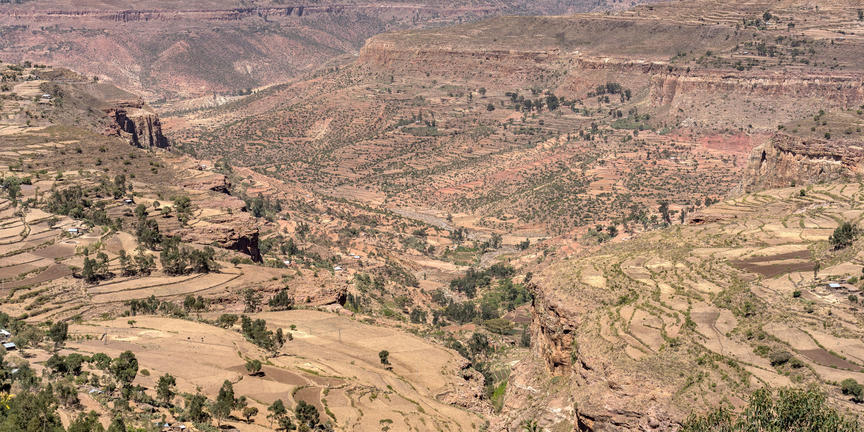
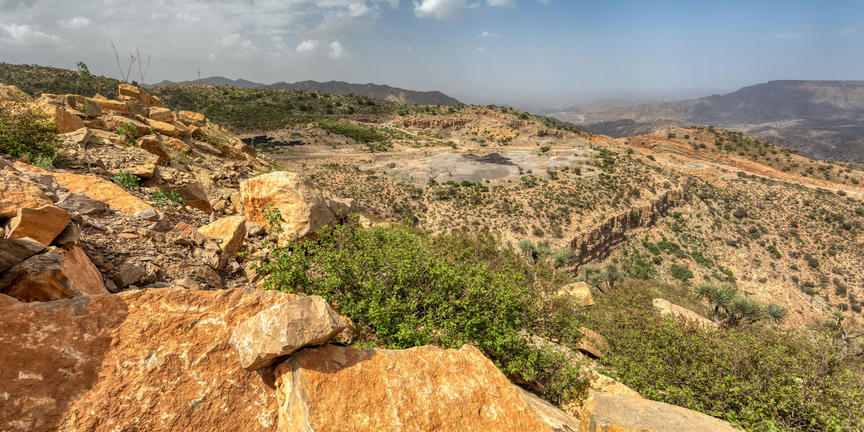
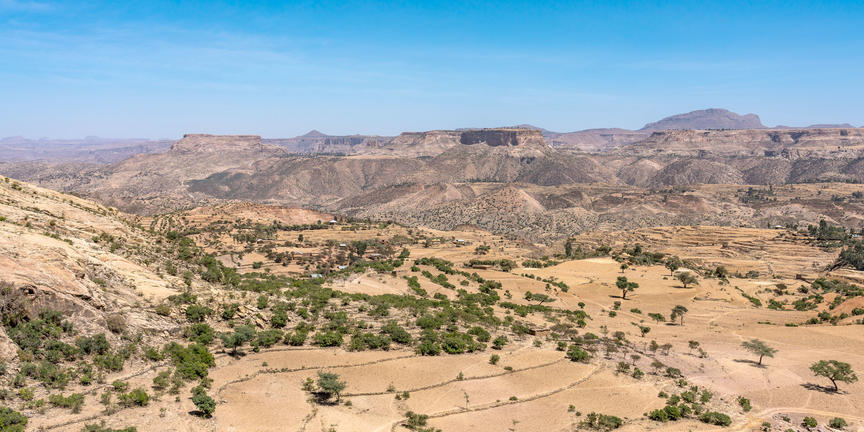
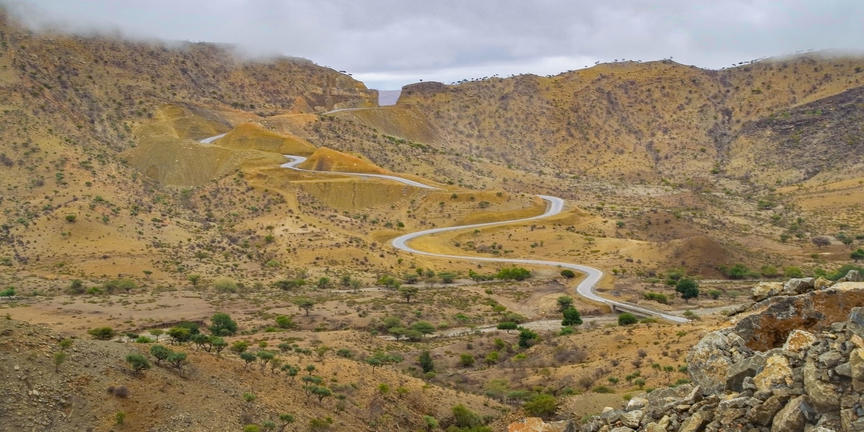
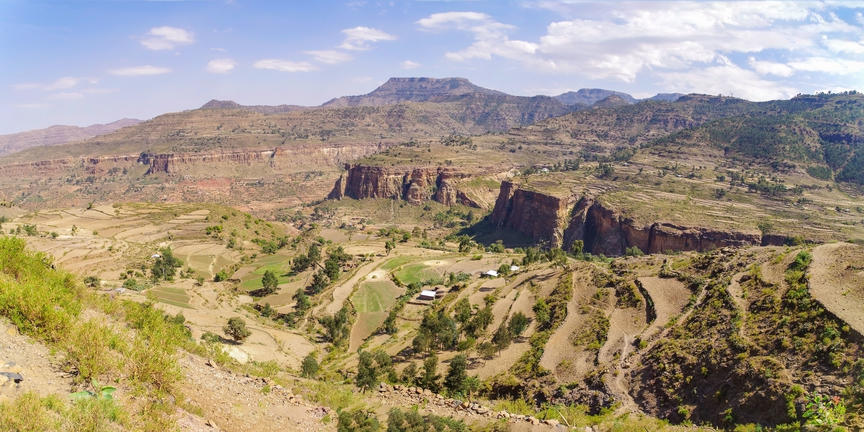
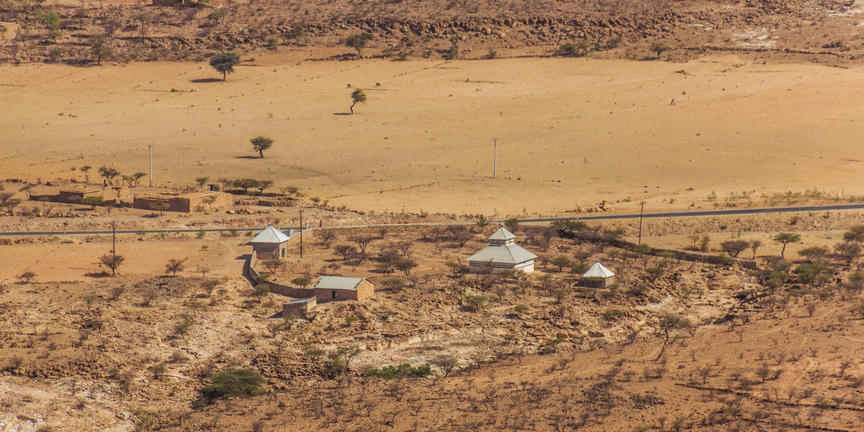
As previously described










Situated in the heart of northern Ethiopia in the Tigray Province, the labyrinthine mountain system of Gheralta is home to the largest cluster of cliff churches in the country. These ancient 1000-year-old cave churches are undoubtedly one of Ethiopia’s top attractions, but they are largely undiscovered. The area is covered with rugged mountains, dramatic cliffs, and unique rock formations. Adventure lovers can look forward to exploring the scenic canyons, viewing the centuries-old frescoes decorating these rock-hewn Ethiopian Orthodox cave churches, and soaking up the spectacular mountain views. Visitors can experience an array of eco-friendly outdoor activities, including mountaineering and hiking.
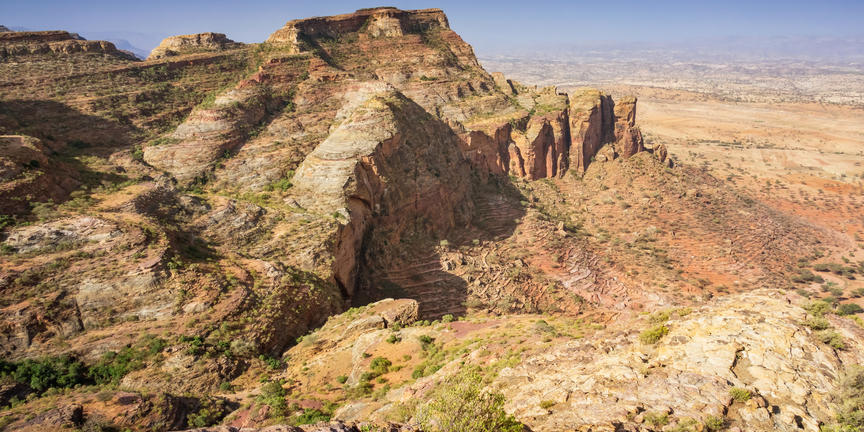
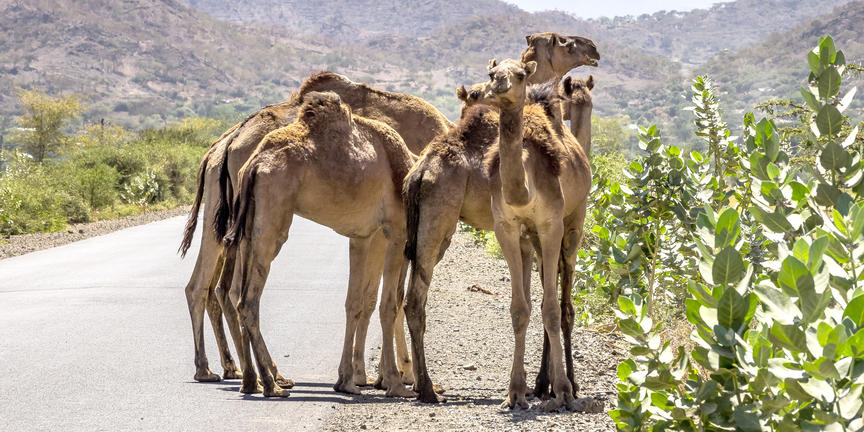
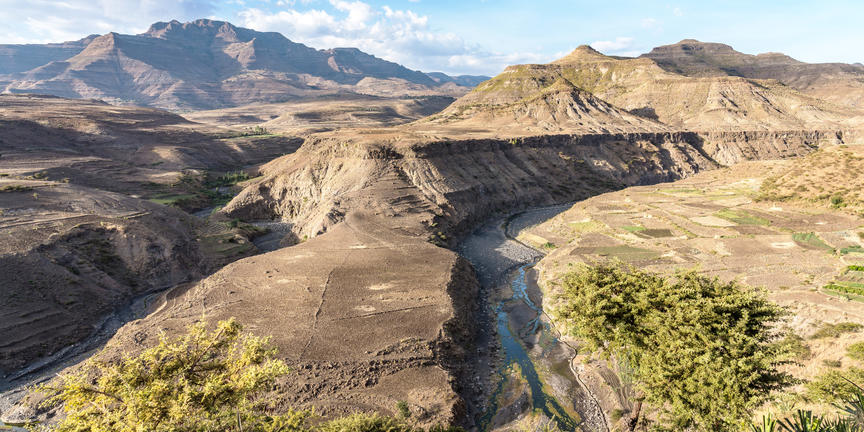
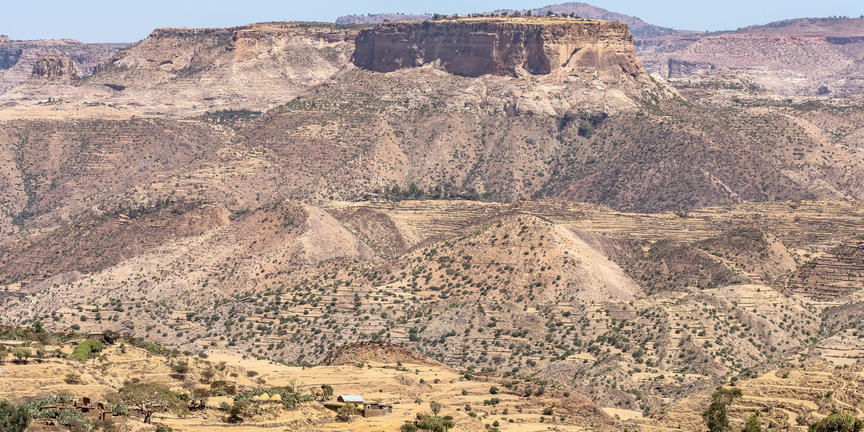
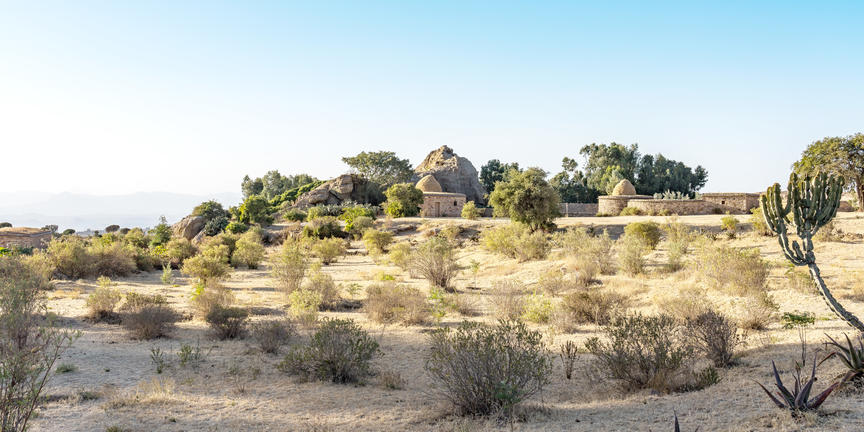
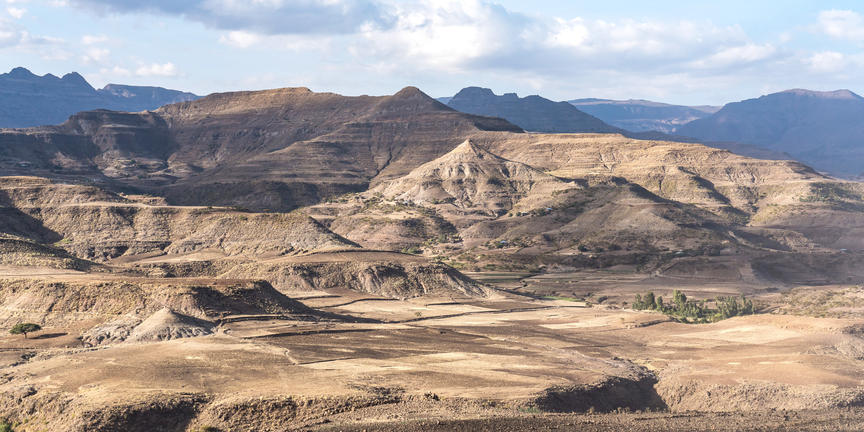
Set in northern Ethiopia, Mekelle serves as the capital city in the Tigray region. This friendly city provides an excellent stopover for visitors travelling through the region. Enjoy a day trip to over 120 rock-hewn cave churches situated just 80 kilometres out of the city in the Wukro or Geralta, explore the streets of the Mekelle on foot, and view Yohannes Castle a multi-turreted classic castle. Some other highlights include: the 19th-century Emperor Yohannes IV Palace, a museum where visitors can learn about local history, and Martyrs’ Memorial Monument, tower spiralling more than 30 metres above the ground.
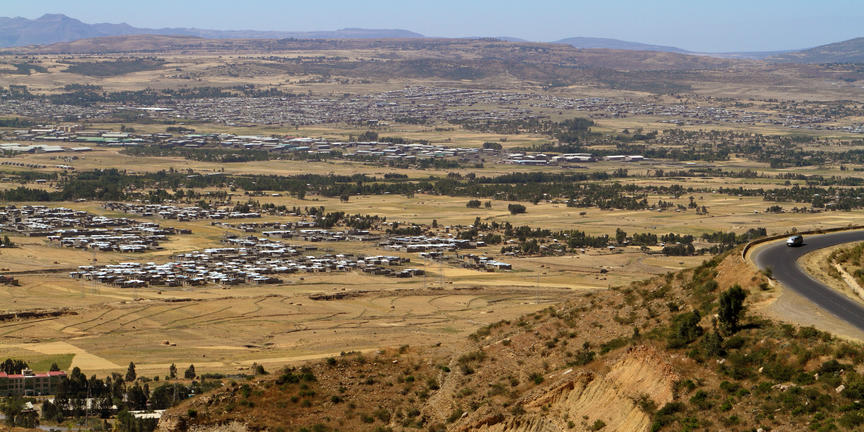
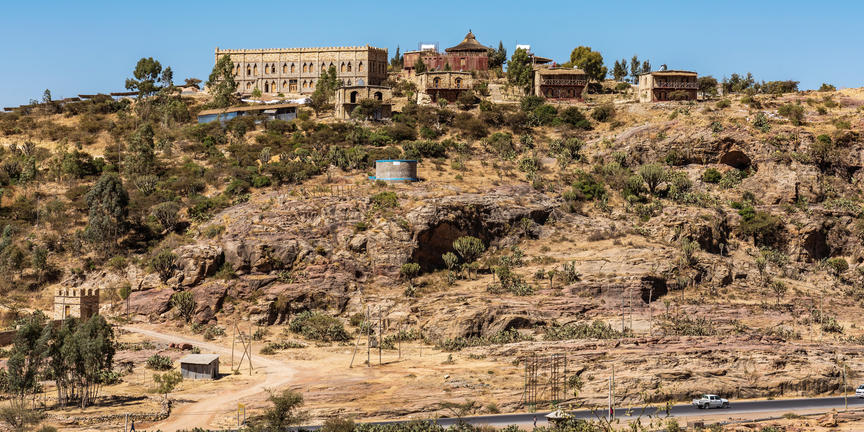
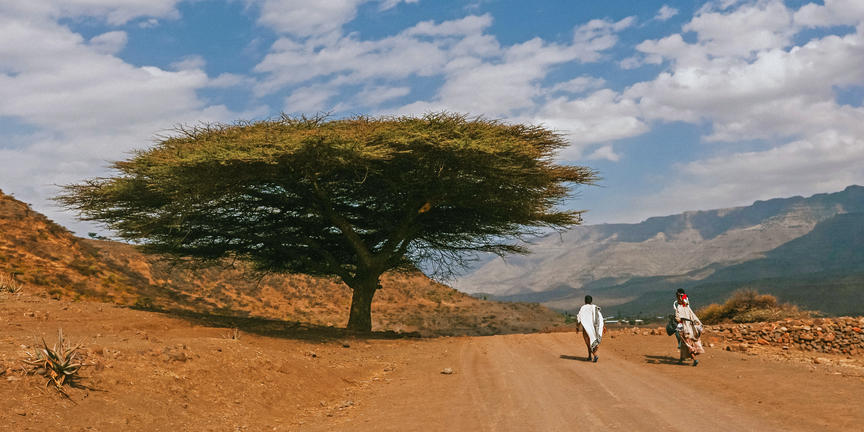
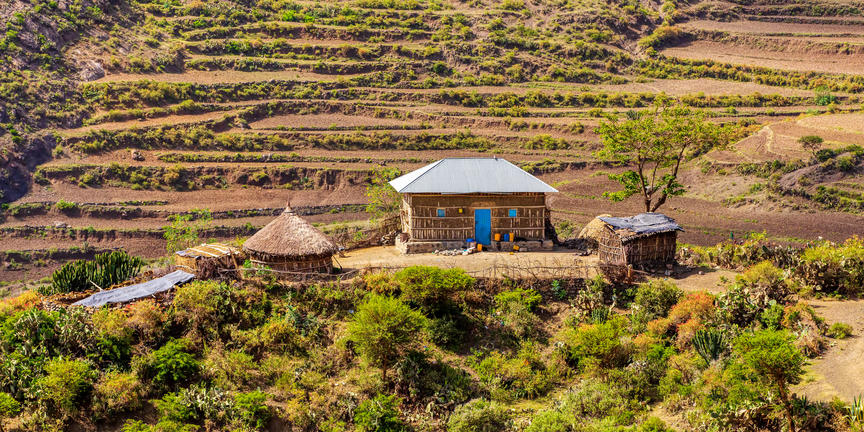
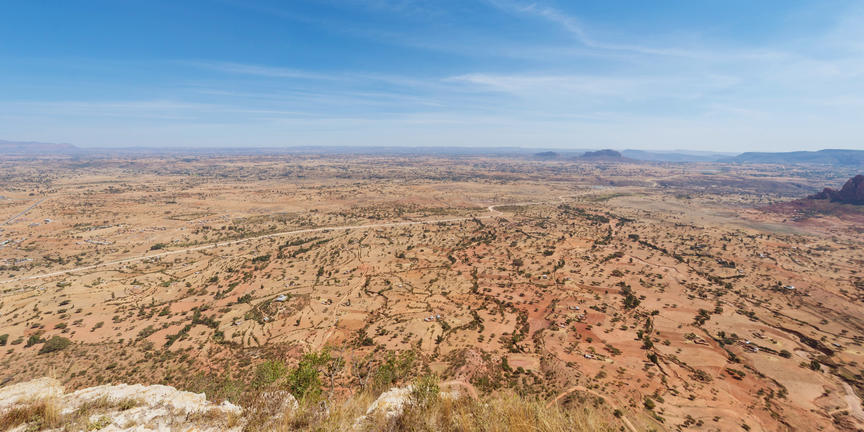
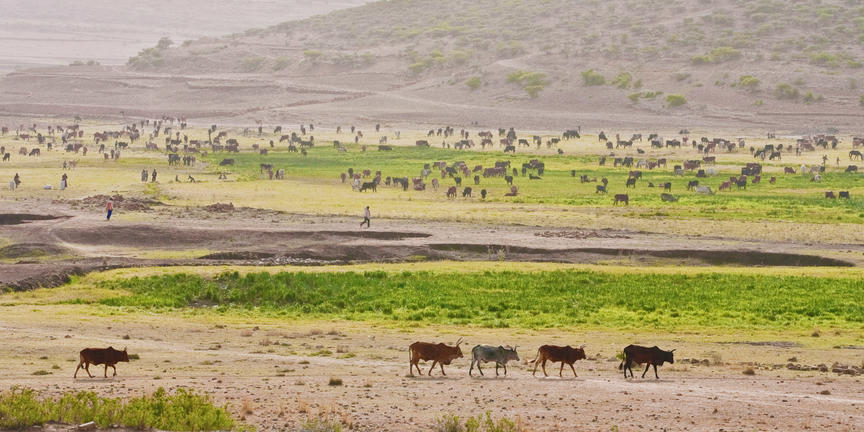
Situated in the Afar region of northeastern Ethiopia, the Danakil Depression (also known as the Dallol Depression) is quite literally the hottest tourist attraction on earth. This vast and virtually unpopulated desert area is also one of the driest and most geologically active areas on the planet with more than 30 active and dormant volcanoes, numerous thermal springs, solidified black lava flows, and vast salt-encrusted basins. This hauntingly beautiful landscape with its massive lakes of salt and its heaps of yellow sulphur which distort into otherworldly shapes is so surreal that visitors tend to feel as if they have travelled to another planet.


